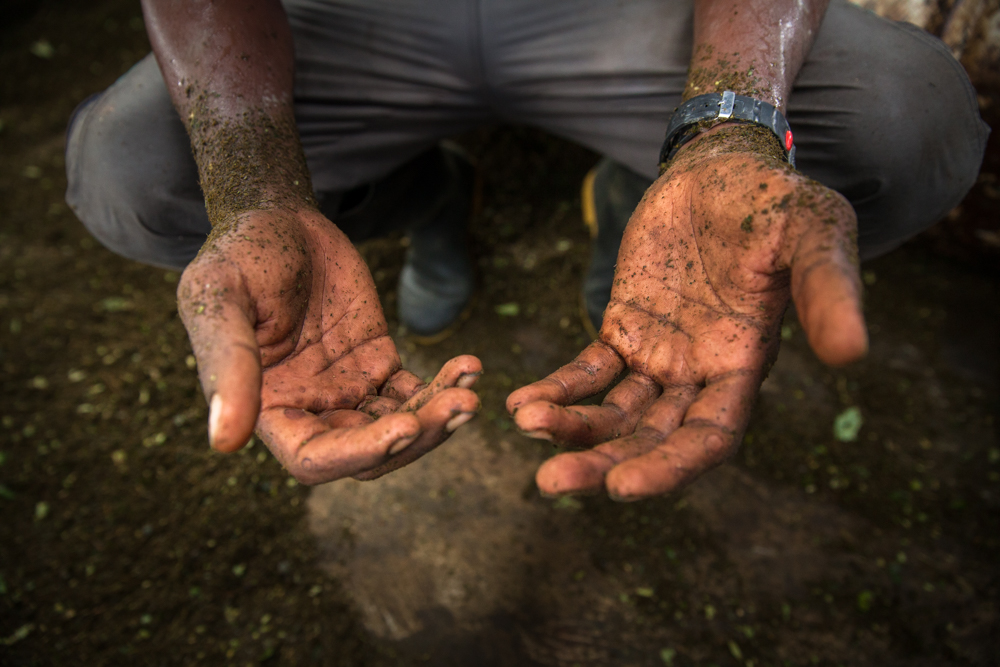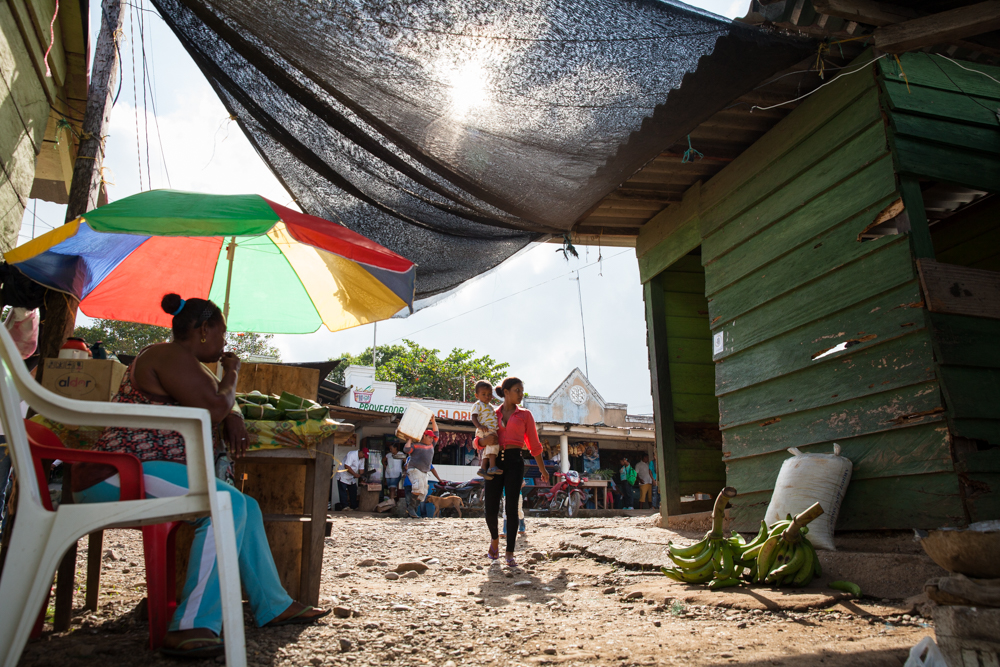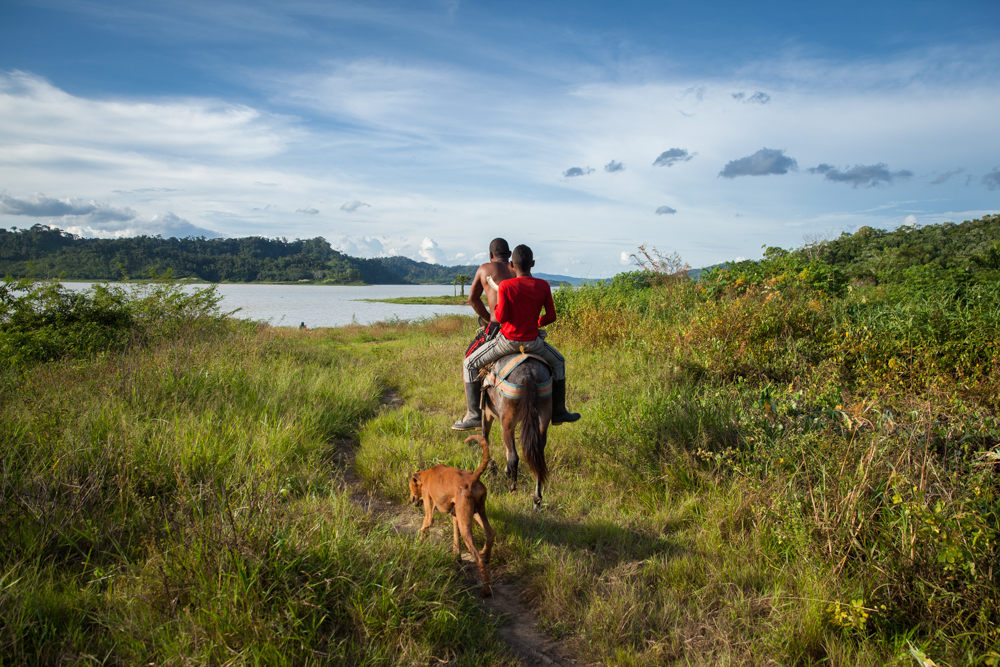
January’s featured photographer is Erika Piñeros
Erika Piñeros is a multimedia journalist covering human rights and socio-political issues, based between Colombia and Cambodia.
In her native Colombia, Erika has reported on internal forced displacement, kidnapping, the reintegration of ex-militants from illegal armed groups into society, and the impact of drug policies on the livelihoods of coca farmers. She has documented Cambodia’s post conflict rapid development and its impact on the Cambodian population including land grabs, civil unrest and the recession of natural resources.
Her work has been published by outlets such as, IRIN News, Foreign Policy, America’s Quarterly, CNN International and Le Figaro.
Coca: Colombia’s burden
Shocked by the unexpected results of the October 2016 plebiscite that momentarily derailed peace negotiations between the government and the Revolutionary Armed Forces of Colombia (FARC); thousands of people marched in the cities to pressure the government to conclude the deal. Meanwhile, cocaleros (coca growers) in rural areas were relieved. They feared how their livelihoods would change when law enforcement arrived in the region, and with the demobilisation of their main buyer. “If the ‘yes’ had won, we’d be screwed by now”, says Miguel, a cocalero from the municipality of Tierralta in the northern department of Córdoba. Along the food he grows for his family to eat, Miguel cultivates coca to make ends meet.
His main buyers are the same FARC militants who would have to relocate to a designated ‘normalise zone’ in the neighbouring village of Gallo, if the peace deal is reached. Furthermore, the increment of public force and international observers in the area during the disarmament period represents a threat to Miguel’s illicit activities.
Jaime, a young cocalero said coca production would become difficult when the FARC fully demobilises, but it will never end. “There will always be another buyer, because when one [illegal group] leaves, another one arrives.” He pauses and then concludes, “or maybe if there isn’t anyone to buy it, that would be the end of it. We would have to leave the coca aside and dedicate ourselves to something else,” he smiles.











To learn more about Erika’s projects visit her website , here
La fotógrafa del mes de Enero es Erika Piñeros
Erika Piñeros es una periodista multimedia independiente que cubre temas socio-políticos y de derechos humanos en su país natal Colombia y en Camboya.
En Colombia, Erika ha reportado sobre el desplazamiento forzado, el secuestro, la reintegración de ex militantes de grupos armados ilegales a la sociedad, y el impacto de políticas contra drogas en las vidas de los cocaleros. De igual manera, Piñeros ha documentado el rápido desarrollo de Camboya luego del conflicto y el impacto en sus comunidades, incluyendo desalojos forzados, las revueltas civiles y la devastadora desaparición de recursos naturales.
Su trabajo ha sido publicado en IRIN News, Foreign Policy, America’s Quarterly, CNN International y Le Figaro.
Coca: Colombia’s burden (Coca: la maldición de Colombia)
Sorprendidos por los resultados inesperados del plebiscito de octubre de 2016 que descarriló momentáneamente las negociaciones de paz entre el gobierno y las Fuerzas Armadas Revolucionarias de Colombia (FARC); Miles de personas marcharon en las ciudades para presionar al gobierno para que concluyera el trato. Mientras tanto, para muchos cocaleros y sus familias en áreas rurales, la coyuntura les dio un respiro respiro.
Por su parte, Jaime, un joven cocalero de la misma zona, dijo que la producción de coca se dificultaría una vez que las FARC se desmovilicen por completo, pero nunca terminará. “Siempre habrá otro comprador, porque cuando un [grupo ilegal] se va, llega otro ”. Jaime hace una pausa y concluye diciendo: “O tal vez si no hubiera nadie que la comprara, puedo eso tendría que acabarse y ese sería el final. Tendríamos que dejar la coca a un lado y dedicarnos a otra cosa “, dice sonriendo.”
Para saber más de los proyectos de Erika, aquí
